Ray (film)
8.2 /10 1 Votes8.2
4/4 Roger Ebert 73% Metacritic Genre Biography, Drama, Music Duration Language English | 7.8/10 IMDb 81% Rotten Tomatoes Production Universal Studios Country United States | |||||||||||||||||||||||||||||||||
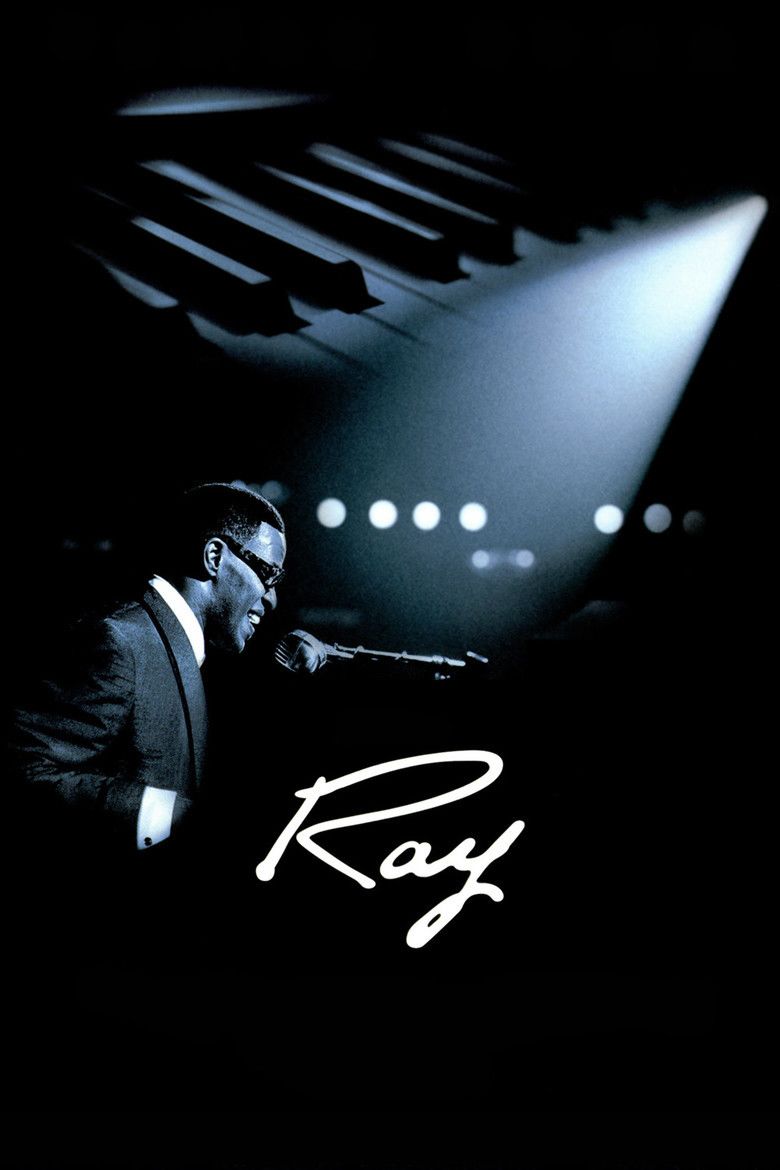 | ||||||||||||||||||||||||||||||||||
Release date October 29, 2004 (2004-10-29) Songs Cast (Ray Charles), (Della Bae Robinson), (Margie Hendricks), (Joe Adams), (Jeff Brown), (Fathead Newman) Tagline The extraordinary life story of Ray Charles. A man who fought harder and went farther than anyone thought possible. | ||||||||||||||||||||||||||||||||||
Ray 2004 official trailer jamie foxx kerry washington movie hd
Ray is a 2004 American musical biographical film focusing on 30 years in the life of rhythm and blues musician Ray Charles. The independently produced film was written, produced and directed by Taylor Hackford, and stars Jamie Foxx in the title role. Foxx received an Academy Award for Best Actor for his performance as well as the Golden Globe, BAFTA, Screen Actors Guild and Critics' Choice awards, becoming the second actor to win all five major lead actor awards for the same performance, and the only one to win the Golden Globe in the Musical or Comedy (rather than the Drama) category.
Contents
- Ray 2004 official trailer jamie foxx kerry washington movie hd
- Plot
- Production
- Soundtrack
- Box office
- Critical reaction
- Differences from noted events
- References
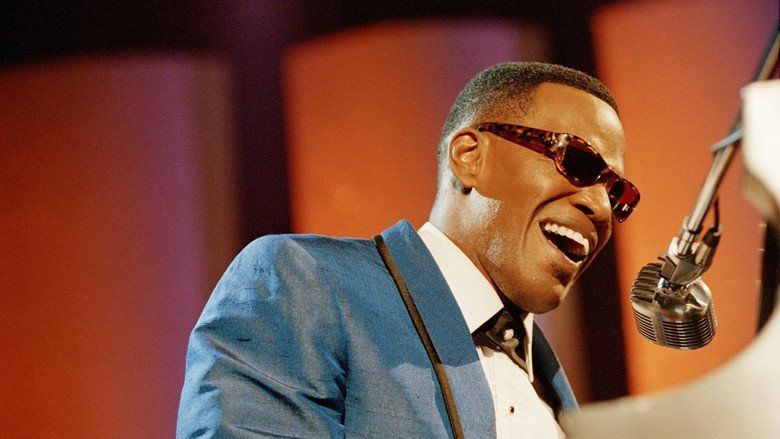
Charles was set to attend an opening of the completed film, but died of liver disease in June, several months before its premiere.
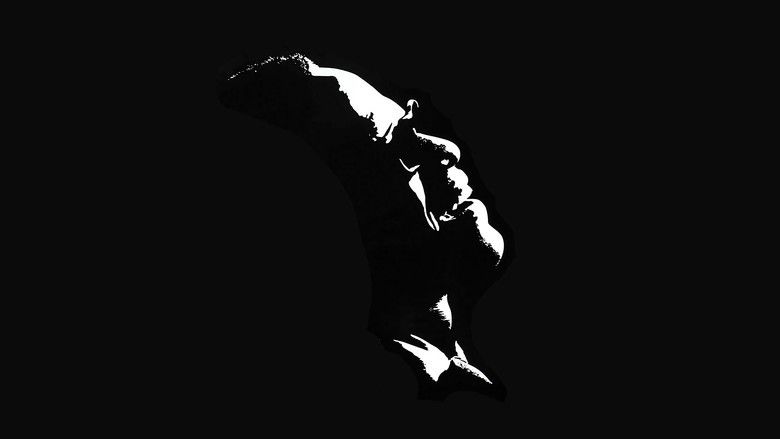
Plot
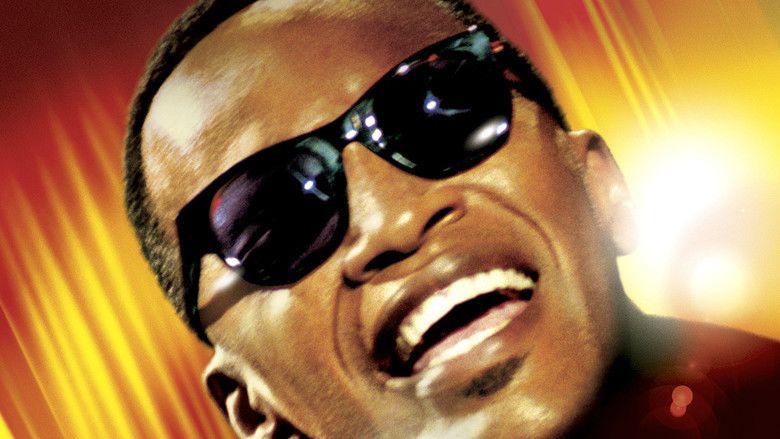
Raised on a sharecropping plantation in Northern Florida, Ray Charles Robinson went blind at the age of seven, shortly after witnessing his younger brother drown. Inspired by a fiercely independent mother who insisted he make his own way in the world, Charles found his calling and his gift behind a piano keyboard. Touring across the chitlin circuit, the soulful singer gained a reputation before exploding onto the worldwide stage when he pioneered the incorporation of rhythm and blues, rock and roll, gospel, country, jazz and orchestral influences into his inimitable style.
Production
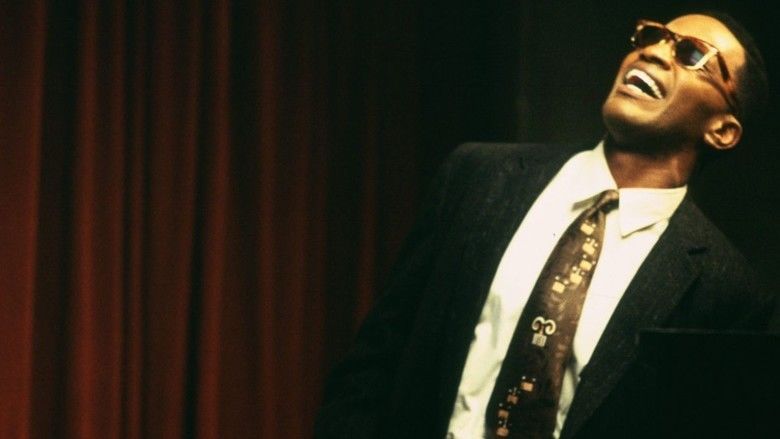
The film's production was entirely financed by Philip Anschutz, through his Bristol Bay Productions company. Taylor Hackford said in a DVD bonus feature that it took 15 years to make the film; or more specifically, as he later clarified in the liner notes of the soundtrack album, this is how long it took him to secure the financing. It was made on a budget of $40 million.
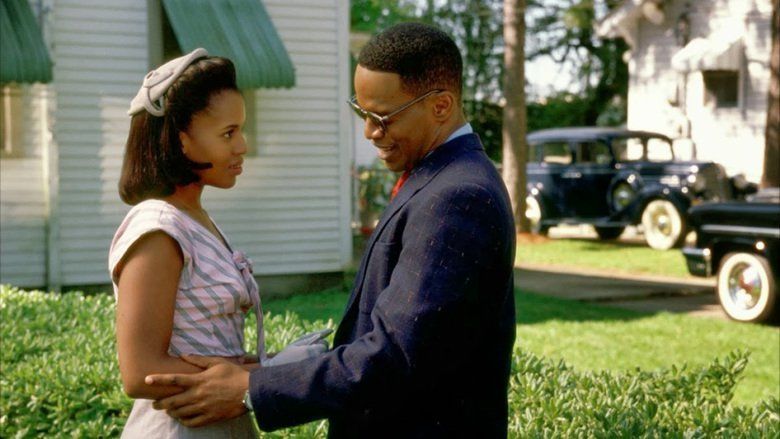
Charles was given a Braille copy of the film's original script; he objected only to a scene showing him taking up piano grudgingly, and a scene implying that Charles had shown mistress and lead "Raelette" Margie Hendricks how to shoot heroin.
Ray debuted at the 2004 Toronto International Film Festival.
Soundtrack
The following songs were used in the film:
Box office
Ray was released in theaters on October 29, 2004. The film went on to become a box-office hit, earning $75 million in the U.S. with an additional $50 million internationally, bringing its worldwide gross to $125 million.
Critical reaction
The film received mostly positive reviews, with most of the praise going to Jamie Foxx's performance for which he was awarded the Academy Award for Best Actor. The film did receive some negative reviews, with critics complaining that the film suffered from a mediocre screenplay which was buoyed by powerful performances. As of March 2014, Ray has a certified fresh rating of 81% based on 197 reviews at Rotten Tomatoes, with Critics Consensus say it's "An engrossing and energetic portrait of a great musician's achievements and foibles, Ray is anchored by Jamie Foxx's stunning performance as Ray Charles."
According to music critic Robert Christgau, "Foxx does the impossible—radiates something approaching the charisma of the artist he's portraying... that's the only time an actor has ever brought a pop icon fully to life on-screen."
Differences from noted events
The film's credits state that Ray is based on true events, but includes some characters, names, locations, and events which have been changed and others which have been "fictionalized for dramatization purposes." Examples of the fictionalized scenes include:
References
Ray (film) WikipediaRay (film) IMDbRay (film) Roger EbertRay (film) Rotten TomatoesRay (film) MetacriticRay (film) themoviedb.org
